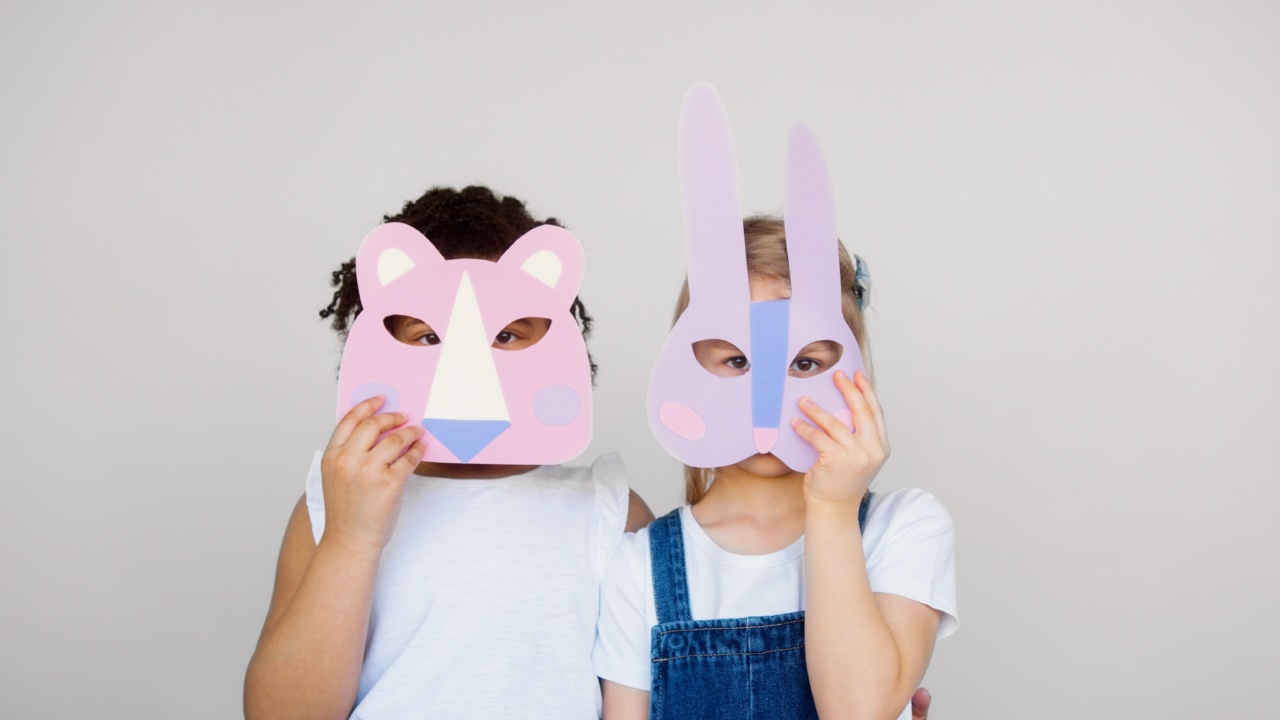In a world that often feels heavy with challenges and negativity, it’s easy to overlook the power and importance of joy.
Happiness is not just a fleeting emotion; it is a state of being that can have profound effects on our overall well-being and the well-being of those around us. In fact, research has shown that positive actions and experiences have a direct correlation with increased happiness levels.
This article explores the concept of the “Joy Effect” and how simple positive actions can create a ripple effect of happiness.
The Science Behind Happiness
Before diving into the joy effect, it’s essential to understand the science behind happiness. Contrary to popular belief, happiness is not solely dependent on external factors like wealth or success.
Numerous studies have shown that our sense of well-being is influenced by a combination of genetic, environmental, and individual factors.
One of the most groundbreaking findings in positive psychology is the concept of neuroplasticity. This refers to the brain’s ability to change and rewire itself based on experiences and thoughts.
When we engage in positive actions and cultivate positive emotions, our brains release chemicals like dopamine, serotonin, and endorphins that foster feelings of happiness and well-being. Over time, this rewiring can lead to an overall more positive mindset and increased happiness levels.
The Joy Effect: Spreading Happiness Through Positive Actions
The Joy Effect is the idea that positive actions have the power to create a ripple effect, spreading happiness to others.
When we engage in kind, compassionate, and joyful actions, we not only boost our own well-being but also have the potential to inspire and uplift those around us. Here are some ways in which positive actions can create happiness:.
1. Acts of Kindness
Performing acts of kindness, no matter how small, can have a significant impact on both the giver and the recipient. Something as simple as holding the door for a stranger or offering a helping hand can create a positive domino effect.
Kindness is contagious and can inspire others to pay it forward, creating a chain reaction of joy and happiness.
2. Expressing Gratitude
Expressing gratitude is a powerful way to cultivate positivity and happiness. Taking the time to appreciate the people, experiences, and blessings in our lives not only boosts our own well-being but also spreads feelings of joy to others.
Gratitude is a practice that can be integrated into daily life through journaling, verbal expressions, or acts of appreciation.
3. Sharing Moments of Joy
Sharing moments of joy with others amplifies the happiness experienced.
Whether it’s celebrating personal achievements, sharing good news, or simply spreading laughter, including others in our joyful moments creates a sense of connection and uplifts the collective mood.
4. Engaging in Acts of Service
Acts of service, such as volunteering or helping those in need, have been consistently linked to increased happiness levels.
When we extend a helping hand, not only do we contribute to a greater cause, but we also experience a sense of fulfillment and purpose that brings lasting happiness.
5. Practicing Mindfulness and Presence
Being fully present in the moment and practicing mindfulness allows us to appreciate the beauty and joy that surrounds us.
Mindfulness helps cultivate a sense of gratitude and awareness, enabling us to find happiness in the small, everyday moments that often go unnoticed.
The Ripple Effect: Spreading Happiness Beyond Our Immediate Circle
Positive actions and experiences not only impact our immediate circle but also have the potential to create a ripple effect that extends far beyond.
When we embody joy and happiness, we radiate positive energy that can influence others we come into contact with. This can be particularly impactful in workplaces, communities, and social circles.
When we share positive actions and experiences through storytelling and social media, we have the power to inspire and uplift others who may be going through challenging times.
By being a source of positivity in the world, we contribute to a collective well-being that can help shift the overall narrative from negativity to joy.
The Power of Self-Reflection and Personal Growth
In cultivating the Joy Effect, self-reflection and personal growth play crucial roles. Taking the time to reflect on our actions and their impact allows us to make adjustments and align ourselves more closely with positive intentions.
Additionally, investing in personal growth through practices like meditation, self-care, and self-development can contribute to our own happiness and enable us to spread joy more authentically.
Cultivating the Joy Effect in Everyday Life
Creating a ripple effect of happiness starts with simple, actionable steps that can be integrated into our daily lives. Here are some ways to cultivate the Joy Effect:.
1. Start the Day with Positive Intentions
Begin each day by setting positive intentions. Affirmations, visualization, or simple reminders can help shift our mindset towards joy and gratitude.
2. Practice Random Acts of Kindness
Look for opportunities to perform random acts of kindness throughout the day. Small acts like complimenting a stranger or offering help can have a significant impact.
3. Surround Yourself with Positive Influences
Choose to surround yourself with people who radiate positivity and inspire joy. Social connections play a significant role in our happiness levels, so it’s essential to cultivate relationships that uplift and support us.
4. Engage in Activities That Bring You Joy
Make time for activities that bring you joy and allow yourself to fully immerse in them. Whether it’s pursuing a hobby or engaging in creative endeavors, prioritizing joy in your life is essential to cultivate the Joy Effect.
5. Reflect and Appreciate Each Day
Take time at the end of each day to reflect on the positive actions and experiences you encountered. Express gratitude for the joy that was created and set a positive intention for the next day.





























